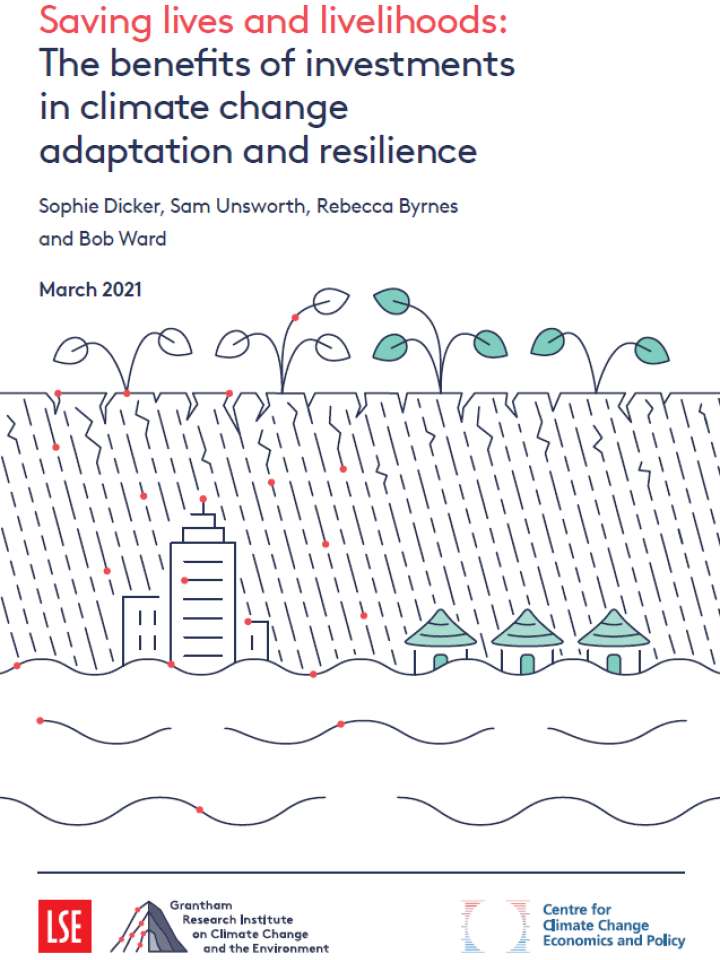Saving lives and livelihoods: the benefits of investments in climate change adaptation and resilience
This report highlights six case studies of successful climate change adaptation and resilience, mostly in developing countries. It assesses the success of specific adaptation and resilience processes, the benefits gained and the lessons learned.
The report highlights the following case studies:
- In Ahmedabad, India, a city-led Heat Action Plan has significantly reduced heat-related mortality and morbidity, with an estimated 1,190 average deaths avoided per year.
- In arid and semi-arid regions of Kenya, devolved climate financing has helped to increase water availability, leading to increased food security, cleaner water supplies and fewer livestock deaths, as well as strengthening and diversifying livelihoods.
- In Da Nang, Vietnam, a micro-credit and technical assistance programme has developed typhoon-resilient housing in vulnerable areas of the city. T
- In the Thames Estuary, UK, long-term planning for flood risk management, including protection from surge tides, has averted serious flooding in London and the estuary. Assessment of the value of future avoided losses also indicates substantial benefits, including avoided fatalities and maintaining investor confidence, with indirect impacts on business of between £53bn and £58bn.
- In Beira, Mozambique, a holistic approach to urban flood risk, including combining engineering and nature-based interventions, has prevented the occurrence of previously frequent flooding. It has created direct and indirect employment opportunities, including establishing the area as more conducive for businesses, and has improved housing conditions and decreased health risks related to flood water, like cholera.
- In the state of Odisha, India, decades of action to reduce the vulnerability of coastal communities to cyclones has seen drastic decreases in death tolls; in 2019 a cyclone brought 64 fatalities whereas a cyclone of comparable strength in 1999 caused more than 8,900 deaths.
The report gives the following recommendations for both developed and developing countries:
- All countries should give higher priority to investments in adaptation and resilience, and integrate them with policies and decisions to promote the transition to an inclusive zero-carbon economy.
- Scale up the quantity of well-targeted finance available for climate change adaptation and resilience.
- Increase the effectiveness of multilateral and bilateral funding by working with recipients to ensure it is targeted on both established and innovative climate change adaptation processes.
- Decision-making frameworks for financing adaptation should recognise and value a diverse range of possible benefits that may result.
- Target investment towards adaptation processes that include a focus on natural, knowledge, human and social capital and seek to scale up successful models, such as those that enhance existing institutions or result in legislative change.
- Prioritise financing for adaptation for the most vulnerable people and ensure investments are embedded within the broader sustainable development and growth agenda.
- Create and support platforms and networks for South–South, South–North and North–South learning and knowledge-sharing about adaptation processes.
- Donors should increase support for robust, long-term, bottom-up and open-ended M&E for adaptation processes in order to strengthen and diversify the evidence base.
Explore further
